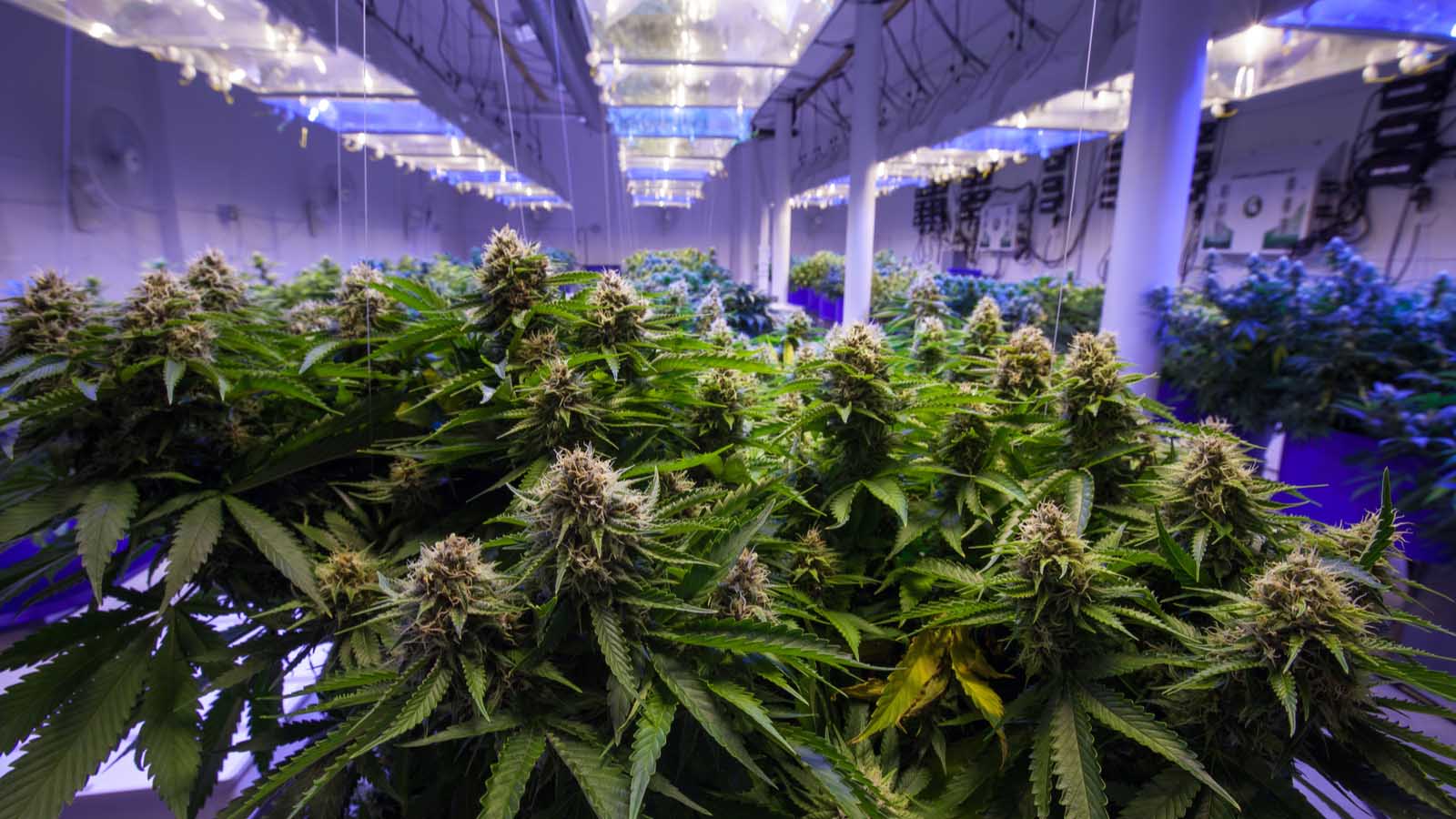Aphria Stock Isn’t Profitable Enough to Be Worth the Risk
Aphria's results indicate that its profitability is weakening
As the vast majority of marijuana stocks have tumbled over the last 11 months, even most bulls have given up on many of the names, including Hexo (NYSE:HEXO), Tilray (NASDAQ:TLRY), and Aurora Cannabis (NYSE:ACB). But the bulls have still been extremely upbeat on Aphria (NYSE:APHA), but it’s hard to say why people still like Aphria stock.

They tout the company’s high exposure to markets outside of Canada, its high production capacity, its large cash reserves, and the strong experience of its CEO, Irwin Simon, who founded successful organic food maker Hain Celestial (NASDAQ:HAIN) and served as its CEO for many years.
Most of all, the bulls love the fact that Aphria, unlike any of its peers, managed to eke out a small quarterly profit, Actually, it managed to eke out two consecutive quarters of small quarterly profits in 2019.
But the company’s fiscal second-quarter results and guidance, reported on Jan. 14, were not nearly as impressive. They indicate that, despite Aphria’s many advantages, its profitability is waning while its growth isn’t that impressive in light of its high valuation. Investors appear to recognize that reality, as Aphria stock has lost 19% of its value in the last month and is down nearly 35% over the last year.
Analyzing Aphria’s Results
In the company’s fiscal second-quarter (which ended in November) its net revenue fell to CAD$120.6 million from CAD$126.1 million in Q1.
Moreover, Aphria’s distribution revenue dropped to CAD$86.4 million from CAD$95.3 million, and the company’s bottom line swung to a loss of CAD$7.9 million in Q2, versus a profit of CAD$16.4 million in Q1. Even more discouragingly, Aphria’s gross profit dropped toCAD$ 39.589 million in Q2 from CAD$45.42 million in Q1.
The gross profit decline suggests that falling demand and/or lower prices, not increased spending on items like R&D or marketing, caused the quarter-over-quarter decline of the company’s bottom line.
Spending more money on R&D, sales, and marketing can boost companies’ results over the longer run. Moreover, companies that are benefiting from high revenue and gross profit increases can raise their spending on R&D, sales, and marketing and still raise their bottom-line profits.
But when demand for a company’s products is dropping or its average prices are falling, causing its gross profit to decline, it will have a very hard time increasing its bottom line. As a result, Aphria probably won’t report another quarterly bottom-line profit for some time.
Given Aphria’s lackluster Q2 results, it’s not surprising that its 2020 guidance was not very impressive. The midpoint of the company’s 2020 revenue guidance range was CAD$600 million, down from CAD$675 million in October. And its revenue in the first half of its fiscal year was CAD$246 million.
So it now expects its revenue in the second half of the year to be CAD$354 million, or 44% above its first-half total. With Aphria stock still trading at a very high price-sales ratio of nine, a 44% increase isn’t very impressive.
The Implications of Aphria’s Guidance
The company’s guidance suggests that the exponential jump in cannabis companies’ financial results that bulls had expected to see from the legalization of cannabis-infused food and drinks in Canada isn’t going to materialize in the first half of calendar 2020.
Additionally, the reduction of its revenue guidance indicates that it doesn’t expect the opening of more stores in Ontario to help its business as much as marijuana stock bulls had hoped.
The Bottom Line on Aphria Stock
The decline of Aphria’s gross profits last quarter indicates that demand for its products is weakening and that its profitability is likely to fall for the foreseeable future. Moreover, its revenue guidance suggests that its shares are overvalued and that the positive catalysts which have been touted by bulls aren’t as strong as they think.
As I explained in my recent column about Aurora Cannabis, I believe that companies that are providing cannabis to the general public have two fundamental problems.
First, cannabis remains socially unacceptable in many situations, making those who believe in following society’s rules and norms unlikely to use it much, if at all.
Second, most of those who are less compliant with rules and norms will buy cannabis from unauthorized dealers who sell it much more cheaply than legal stores and dispensaries. Aphria’s results and guidance indicate that the same situation exists in countries other than Canada.
As of this writing, the author did not own shares of any of the aforementioned companies.